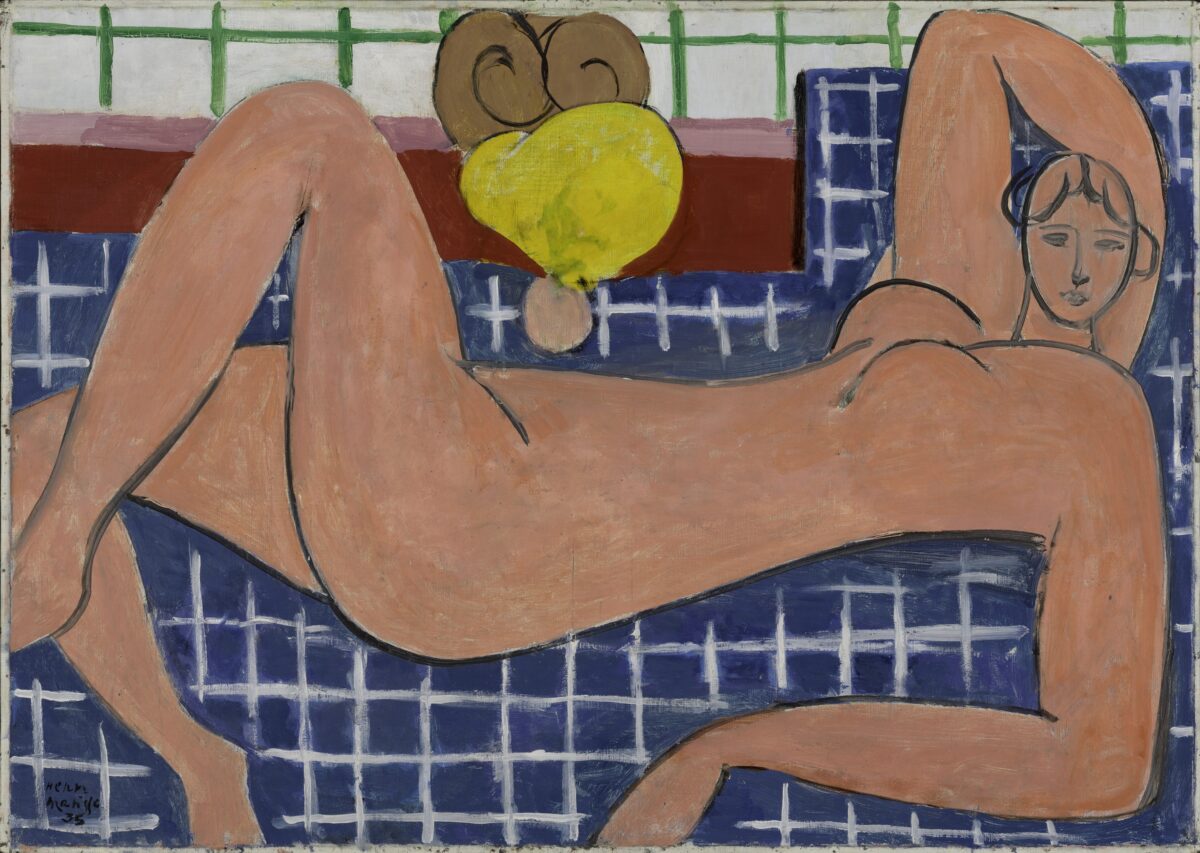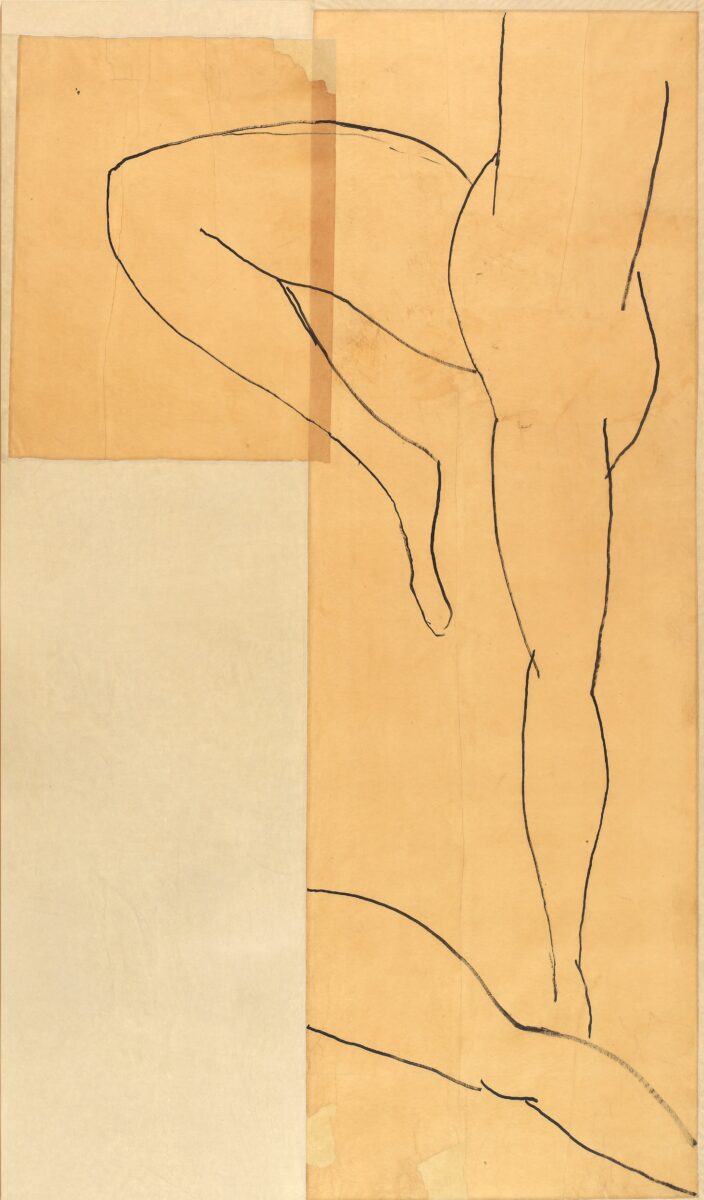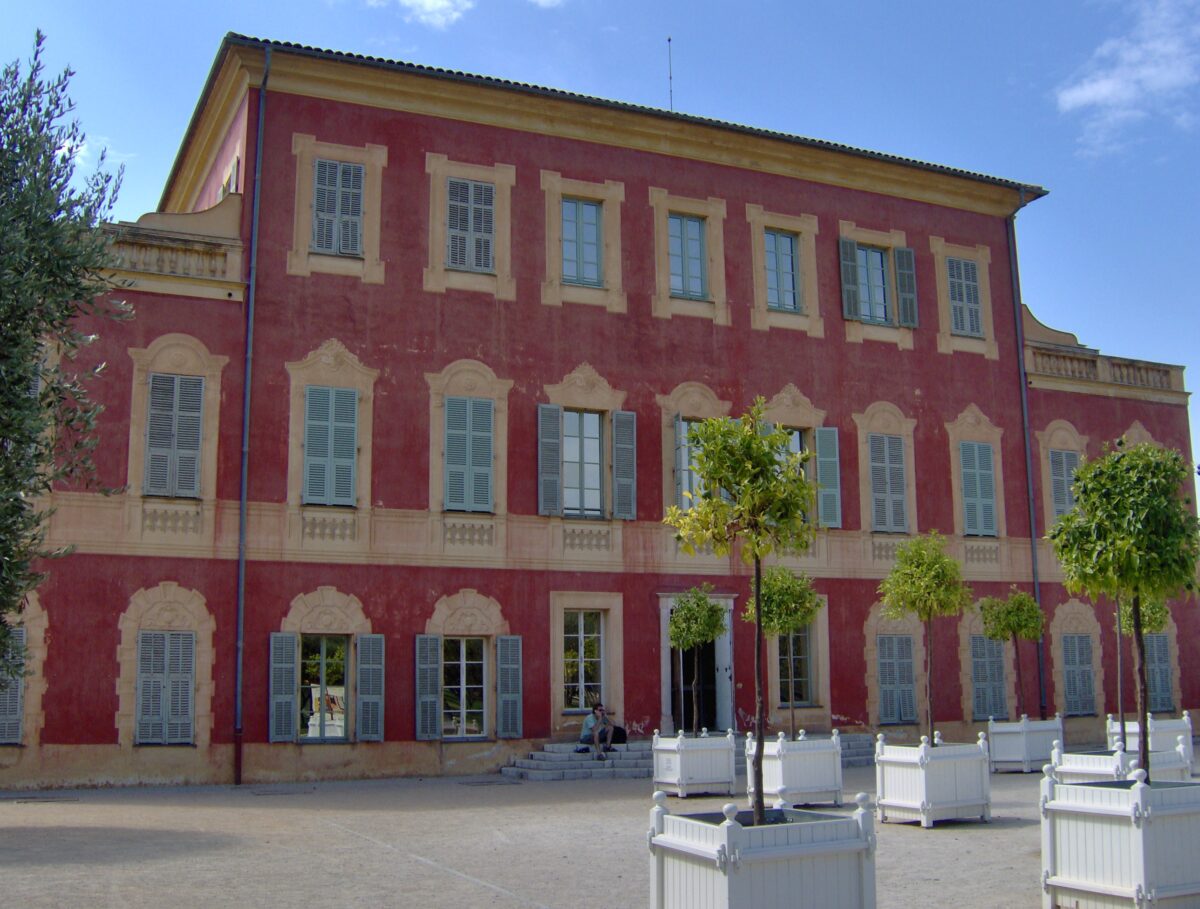The Matisse Museum in Nice will host for the first time an exhibition dedicated to the artist’s production from the 1930s. This exhibition, organized with the Musée de l’Orangerie in Paris and the Philadelphia Museum of Art, is already on display until September 24.
Structured around eight thematic sections, the exhibition offers you a journey into the painter’s mind. This chronological pictorial journey attempts to illustrate the profound transformation occurring in Matisse’s work during the 1930s. The initial abandonment of easel painting marks a major turning point in Matisse’s oeuvre. Moreover, in 1930 Matisse took a long trip to Tahiti, thus following in the footsteps of the painter Gauguin. At this time, he took a deliberate pause in his creativity. The poet Aragon would say about the painter: “Without Tahiti, Matisse would not be Matisse”. Upon his return, Henri Matisse desired to exercise his talent beyond just painting. Between sculptures, drawings, engravings, the exhibition showcases the multifaceted work of a somewhat troubled Henri Matisse during this pivotal decade.
The Association of an Emblematic Trio
The “Matisse 1930s” exhibition is supported by three emblematic sites of this artistic period. The Matisse Museum in Nice houses the largest collection of the painter’s works. It collaborates with the Musée de l’Orangerie in Paris, one of Matisse’s dealers. This museum also played a part in the 1930s resurgence of interest in the radical pre-war period. Finally, the collaboration with the Philadelphia Museum of Art is part of a long-standing tradition of interest in the painter. This American museum is located just a few steps from the current Barnes Foundation, where the iconic painting The Dance can be found. Additionally, exceptional private and public loans add to this already lush exhibition. This includes a loan from the Baltimore Museum of Art (United States), which has allowed the famous Large Reclining Nude (Pink Nude) to be displayed at the Matisse Museum in Nice. It is one of the most emblematic paintings of the painter’s “Nice period”.

Henri Matisse and the “Nice Period”

On December 25, 1917, Henri Matisse settled in Nice with his easel and suitcases. Thus begins Matisse’s “Nice period”. This artistic period is characterized by interiors, still lifes, nudes, and odalisques. In the early 1930s, the artist honed his talent in the colossal studio at 8 rue Désiré Niel. It is on this street, adjacent to the emblematic Lycée Masséna, that he created the full-scale grand decoration The Dance. An essential piece whose entire drawings and preparatory studies form one of the exhibition’s highlights. The artist, who became an adopted Niçois, passed away in the azure capital on November 3, 1954.
The “Cahiers d’art” Review
The artistic and literary review, “Cahiers d’art” by Christian Zervos, aims to guide the entire exhibition. Originally emerging during the cubist period, this review evolved to become a genuine relic of artistic thought. It traces the artist’s artistic journey by highlighting articles and reproductions of his works. This review thus solidifies the figure of Henri Matisse as one of the most emblematic painters of the century, thereby rekindling the competition with Picasso.
Practical Information
164, avenue des Arènes de Cimiez
06000 Nice
Tel: (+33) (0)4 93 81 08 08 (public)
Email: musee.matisse@ville-nice.fr
The museum is open every day except Tuesday:
- from 10 AM to 5 PM from November 1 to April 30
- from 10 AM to 6 PM from May 2 to October 31


